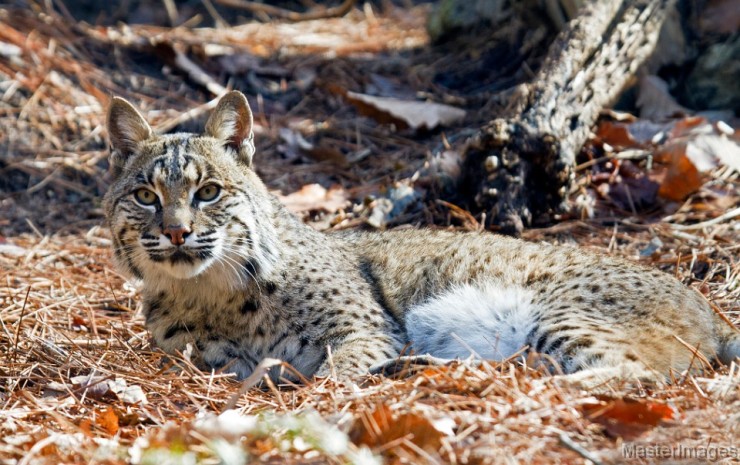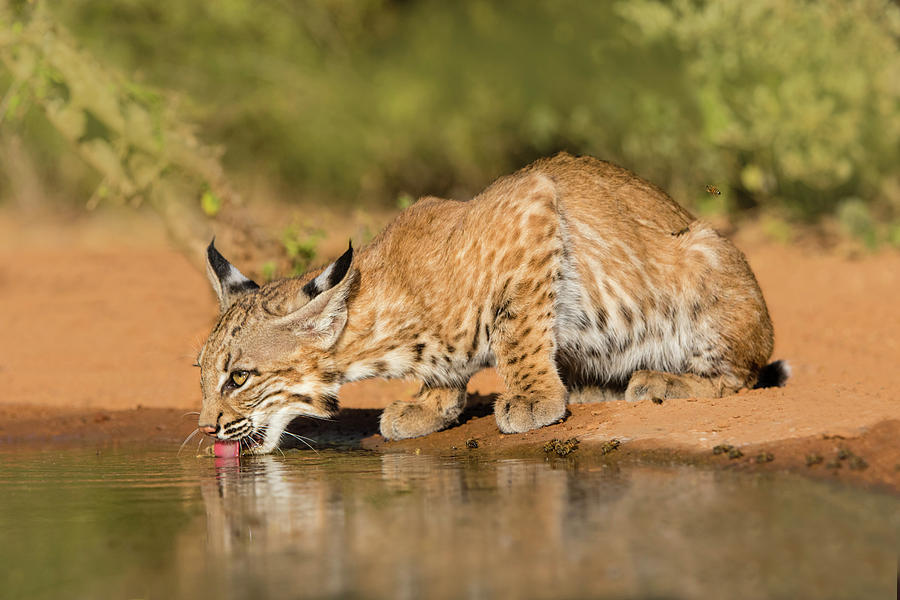

In the wild: Up to 15 to 20 years, maximum. Young may be taken by Great Horned Owl, fox, and male bobcat.įemales: Physically mature at 1 year of age begin breeding during 2nd yearĢ to 3 young, on average (majority of litters 1 to 6)įemales give birth once a year rarely, 2 litters per yearĪpproximately 280 to 370 g (9.9 to 13 oz) Uncommonly, birds.įew non-human predators-coyote, mountain lion, wolves, Burmese python, domestic dogs. Also deer (particularly fawns) and medium-sized mammals (e.g., mountain beaver, porcupine, marmot).

Mainly small mammals, particularly rabbits/hares, small rodents (e.g., rats, mice, squirrels). The subspecies Lynx rufus escuinapae (the Mexican bobcat) is listed as endangered by the U.S.

Temporary mixing of litters, mixing of juveniles and adults, or male near female with kittens. Often defend territory from other bobcats, particularly individuals of same sex. Bobcat - Natureserve Global Rank: G5: Extensive range in much of North America many occurrences overall population probably is stable.NatureServe Unique Identifier: ELEMENTGL. Our objectives were to: 1) estimate annual survival rates 2) determine cause-specific mortality 3) estimate a. From 20122015, we assessed population dynamics of bobcats occupying the west-central region of South Dakota. Most active during early to late morning and at dusk sometimes also at night.Īdults solitary, except during breeding. Recent concern regarding bobcat (Lynx rufus) population status has prompted researchers and managers to gather additional information about bobcats in South Dakota. Most time spent on the ground, though excellent climbers. An estimated 2.3 to 3.6 million individuals in the U.S. Occurs in a wide variety of habitats, including forest, shrubland, grassland, deserts, coastal marshes/swamps, and agricultural areas.Ĭonsidered abundant. Widespread in North America: southern Canada to southern Mexico. Upper parts light gray to yellowish brown to reddish brown. Historically twelve Bobcat subspecies were recognized however the last Felidae taxonomic revision in 2017 only recognized two of these, with two subspecies requiring further research. Male: average: 9 kg (20 lb) range: 6.4 to 18 kg (14 to 40 lb)įemale: average: 5.8 to 9.2 kg (13 to 20 lb) range: 4.1 to 15 kg (9.0 to 33 lb) Bobcat (Lynx rufus) Subspecies Bobcat Lower Classifications. More genetic research needed to clarify population structure (Kitchener et al. *Note: One or more unique subspecies may occur in Mexico. Species: Lynx rufus (Schreber, 1777) - botcat Genus: Lynx (Kerr, 1792) - bobcats, lynxes Order: Carnivora (Bowdich, 1821) - carnivores All rights reserved.Ĭlass: Mammalia (Linnaeus, 1758) - mammals Image credit: © San Diego Zoo Wildlife Alliance.


 0 kommentar(er)
0 kommentar(er)
